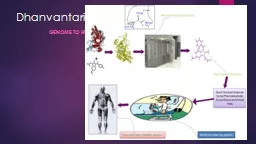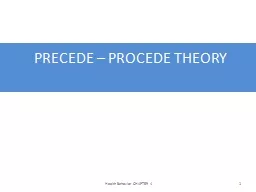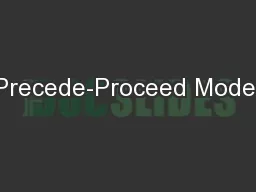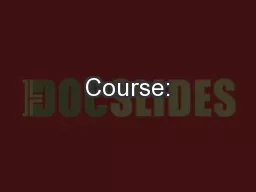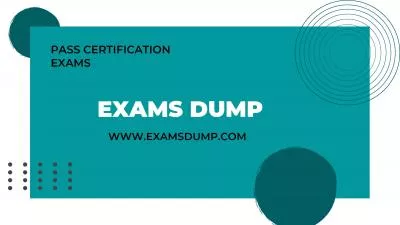PDF-The PRECEDE-PROCEED Framework Lawrence Green (1968)PurposeLawrence Gre
Author : liane-varnes | Published Date : 2017-03-07
DescriptionPRECEDE is an acronym for 147Predisposing Reinforcing and Enabling factors and Causes inEducational Diagnosis and Evaluation148 It emphasizes the importance
Presentation Embed Code
Download Presentation
Download Presentation The PPT/PDF document "The PRECEDE-PROCEED Framework Lawrence G..." is the property of its rightful owner. Permission is granted to download and print the materials on this website for personal, non-commercial use only, and to display it on your personal computer provided you do not modify the materials and that you retain all copyright notices contained in the materials. By downloading content from our website, you accept the terms of this agreement.
The PRECEDE-PROCEED Framework Lawrence Green (1968)PurposeLawrence Gre: Transcript
Download Rules Of Document
"The PRECEDE-PROCEED Framework Lawrence Green (1968)PurposeLawrence Gre"The content belongs to its owner. You may download and print it for personal use, without modification, and keep all copyright notices. By downloading, you agree to these terms.
Related Documents

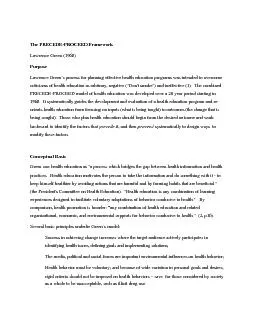

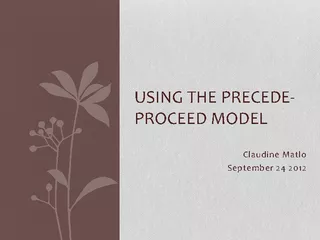
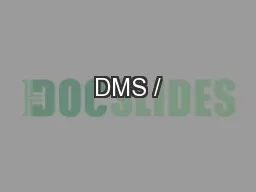

![THE PUBLIC PROVIDENT FUND ACT, 1968 T FUND ACT, 1968 16th May, 1968]](https://thumbs.docslides.com/405545/the-public-provident-fund-act-1968-t-fund-act-1968-16th-ma.jpg)

